If you’ve made it here, chances are you’re still in the thick of it all. Coronavirus continues to impact the digital marketing world, yet we remain relentless: by creating smart strategies and gaining new insights that will set us up for success now – and in the future.
The best way forward, we’ve learned, is to put our heads together to figure out the burning questions– and try to get some answers. That’s why we hosted some incredible digital marketing leaders from brands like Whirpool and Nitro for a live panel: From Crisis Reactive to Recovery Proactive: Adapting Digital Marketing Goals and Budgets, moderated by our very own Mike Mothner, CEO of Wpromote.
WATCH NOW
Because the way people are shopping, consuming, and making decisions today is pretty different from the way it might have been eight weeks ago, how are you reshaping the way you use data to drive your marketing strategy?
When customer behavior is changing in such unprecedented ways, brands need to focus on what they can learn by examining data insights more often and more carefully when making business decisions about both the present and the future. Carol Wolowic, Media Strategy at Whirlpool, identifies this new reality as a potential source of opportunity and chance to learn more from their customers. “We have implemented a new way of operating and it’s really decentralized around our first-party data. Every morning, we refresh these charts that look at what people are buying online within an eCommerce section and ask ourselves: are we getting down to category levels, product levels? What kind of trends are we seeing?”
With new data, you can identify patterns: knowing where and about what customers are showing more interest in week over week will help your brand prioritize the right communication channels and adjust messaging and content to meet their needs.
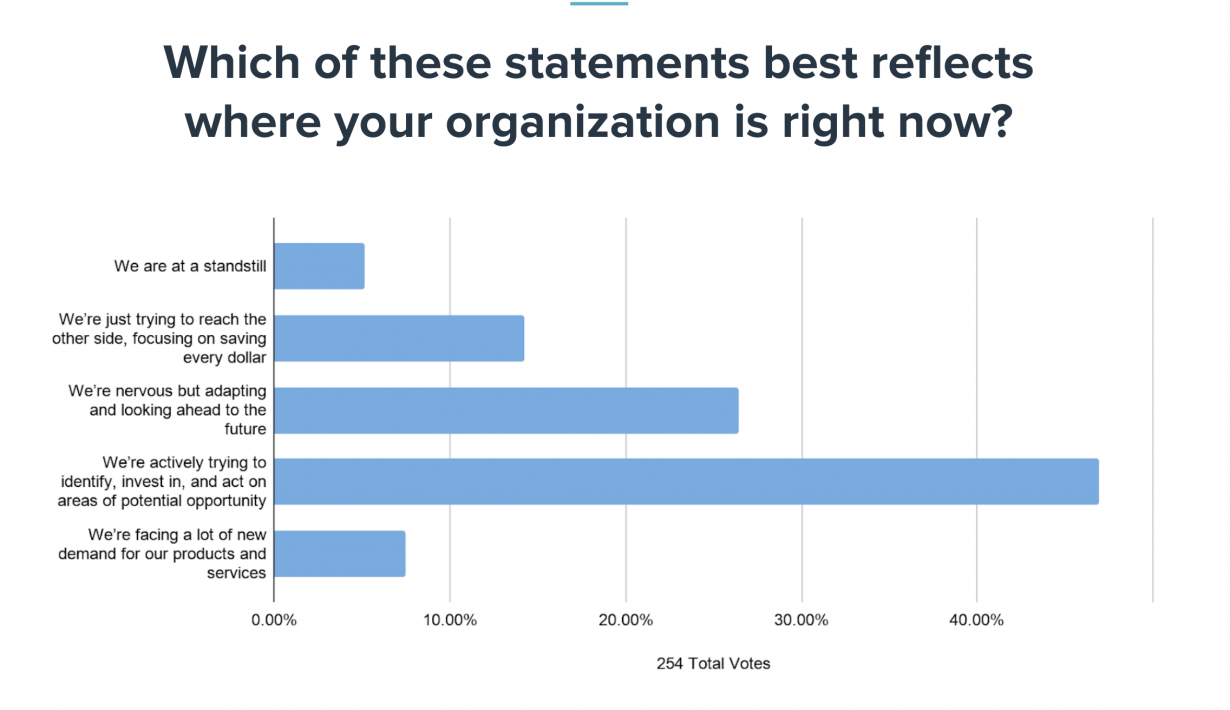
Eric Salas, Head of Marketing at Nitro, shares the ways his organization is constantly leveraging their data in their decision making. “When this global pandemic started to really escalate last month, we began to see some interesting changes in the data. Things like our traffic and trials increased significantly, particularly in those areas where perhaps lockdowns and other things were happening that shifted more workers to work from home.” Nitro had solutions to the challenges potential customers were facing.
“If you think about it, as more workers go home, they don’t have things like printers that they might have at the office, right? They’re using solutions like Nitro and others to stay 100% digital while working with documents and in their workflows. That really represented an opportunity for us. There are things we did as a result, including optimizing what we were already doing, particularly in our digital and social channels, to be where the demand was continuing to grow,” says Salas. It was crucial that Nitro adjusted their messaging to stay relevant to what buyers were experiencing and what they needed help with.
“We’re going to continue to keep turning to that data to help us be on top of the trend, be on the pulse, and really help us evaluate in more real time what’s working and what’s not working.”
How are you thinking about balancing demand opportunities with client retention? What are you seeing your clients do?
Throughout the current situation, it’s been interesting to note the different ways clients choose to communicate with their audiences. It can seem like digital marketing is the new PR campaign for brands. But you don’t necessarily need to shut down your campaigns to keep communicating with your audience. Jon Leicht, SVP and Head of Client Services at Wpromote, observed that “in the early days of people starting to work from home with demand for products reduced, a lot of our clients did a really good job of jumping on and saying, “Where are other areas where somebody might look at what we’re talking about?”
The companies and brands that took a step back, audited their content and messaging, shifted their narrative, and then spoke up publicly have been able to engage in client retention strategies – even if they can’t meet demand. Retention is the new growth, and there’s something exciting about that. “Really, the companies that have come out and been really transparent and said, “Hey, guys! We’re here to support you, but we’ve got a little challenge surrounding our supply chain. Normally, we get this to you in a couple of days. We’ll get back to you,” they’ve bought themselves some time and a little bit of credit to fall back and regroup and then think about where they want to invest in those demanding opportunities,’ says Leicht.
“It was much more focused on: retain the clients, give that good impression, so that as they start to feel ready to invest in a month or weeks, whenever it is, they still feel really good about you.”
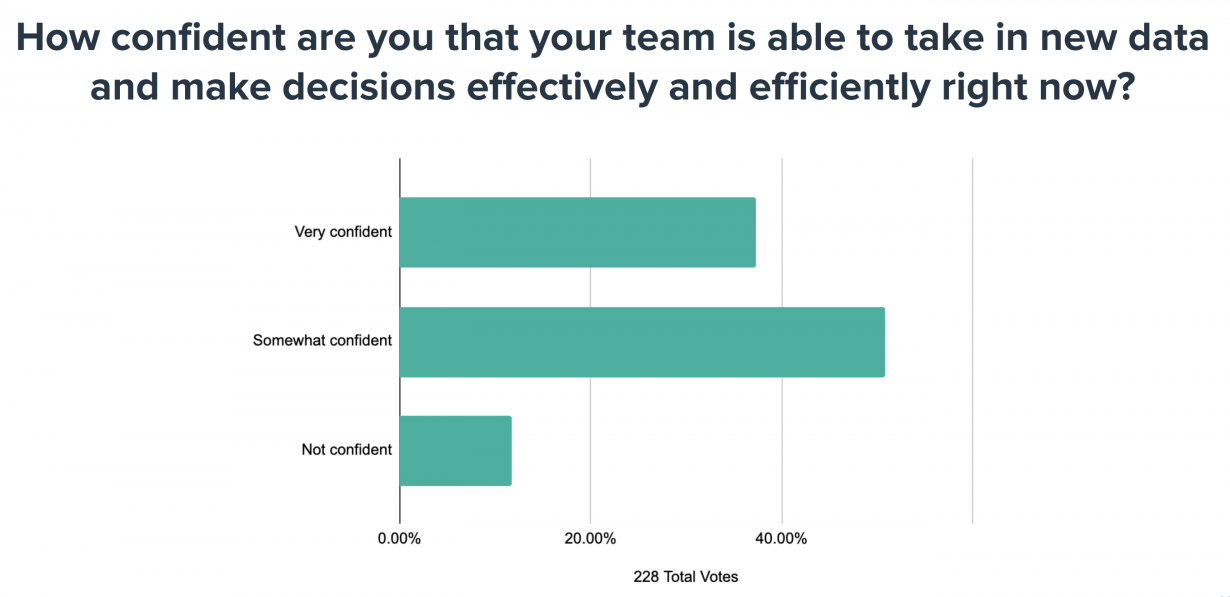
How do you not let perfect be the enemy of good when you’re trying to make quick decisions based on a lot of data? Do you have any specific things that your teams are doing that allow your brand to be more agile than you were previously?
It’s necessary when there’s so much anxiety and uncertainty for brands to be responsive to customers in real time. “Being able to go into homes or offering doorstep delivery options based on comfort level and really trying to keep our employees safe, the public safe, the consumer safe; it’s been amazing to me that part of our organization is also responding in real-time to the macro-environment out there,” says Wolowic.
A lot of marketers across many companies can relate, and every day we’re learning about new ways to do business – especially those that truly put employees and customers first. In addition, the division of labor and workflow within marketing teams are shifting. “We iterated on different types of documentation before we got to a more “final flow” and I think there’s probably still going to be iterations as we continue. We spend 30 minutes every morning trying to go over data, and [our team] built out a template that can automatically refresh, and then we move into the next pod to try to ideate on that. There’s even a template to help us,” says Wolowic.
“It’s not necessarily polished and we’re definitely trying to embrace that, which goes against a lot of Type A personalities that might exist in the marketing organization. It really does help us every day get the right data and facilitate conversation and ideation.”
WATCH NOW
At this point in the panel, Mike Mothner polled the audience to gauge what changes the marketers in the room were experiencing around their budgets and goals. A few insights:
- Q2 may be a static quarter, but almost nobody amongst the 500+ attendees reported that their total marketing budgets were turning off.
- Spend is also expected to remain consistent, with a pretty significant majority feeling that the spend levels they’re seeing right now are probably going to stay this way through the rest of the quarter and not bleed much higher.
- People still feel confident that they can use the second half of the year to make up the difference and hit their yearly goals.
Where can you identify opportunities for long-term planning or new ways of thinking about your business?
From our perspective, we have seen multiple clients go into full-stop mode, especially those in the travel and hospitality industry. However, Leicht pointed out that the conversations in those businesses are leading to a rethinking of how those brands are approaching marketing. “It’s not like hotel rooms are normally thought of as strawberries, but if you didn’t sell yesterday’s hotel room yesterday, you can’t sell it today. That’s where I think we’re seeing a lot of these conversations around budgets asking, “Where do we genuinely have an ability to go sell something? We have 10,000 units on the shelf. We’re not selling them right now, but we sure as heck want to move those 10,000 units later in the year. What does that plan look like? How many more units could we look if we reduced our typical ROAS down a point?”
To figure that out, brands need to focus on having intelligent conversations around those questions. “If we can’t make it up, great. How can we force some efficiency so that we’re thinking about it a little bit differently? It’s just been a more interesting macroeconomics conversation versus a traditional digital performance marketing conversation.”
“I think we’re still having conversations admitting where we are and looking to make significant changes to the budgets, allocations, etcetera until we have a further details down the road.”
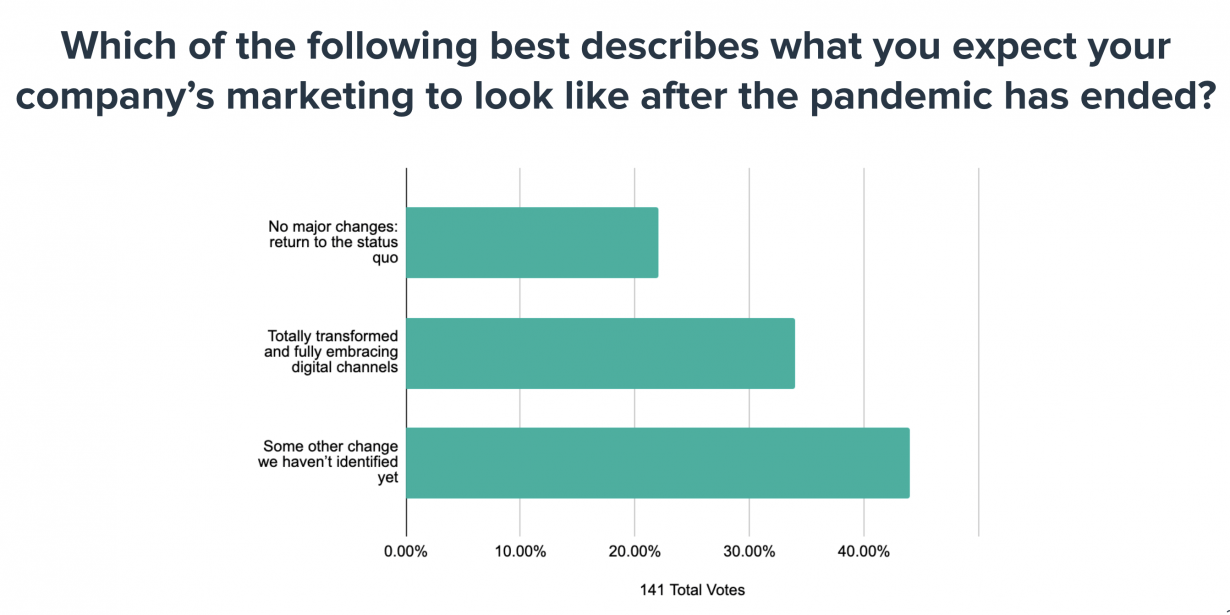
The marketers in the audience and on the panel indicated that they are hoping to fully take advantage of new budget opportunities that could potentially help them come out strong in Q3 and Q4. “I think for any brand perhaps this current crisis presents a moment to revisit budgets overall. In our case, we see opportunities to invest more into where we think the long-term outcomes will be post-pandemic,” says Salas.
Some brands like KitchenAid are looking forward to how they can leverage today’s unforeseen opportunities (who knew this many people would be making bread?) into long-term customer relationships that will make the brand more successful in a post-crisis world. After all, if the brand was there with you through the worst, how could you forget them? “We are trying to be very contextual in these times because we do believe in the long-term benefit of being the right partner now,” says Wolowic.


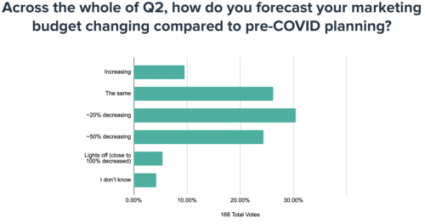
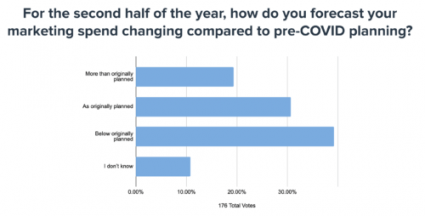
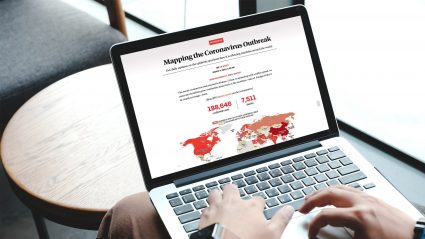


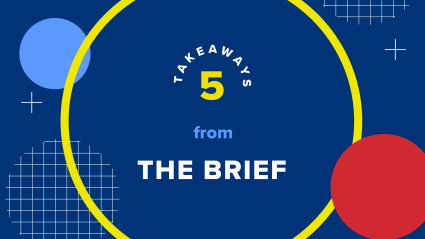

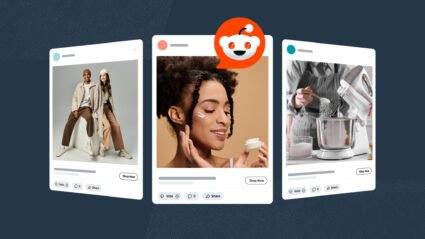
Responses